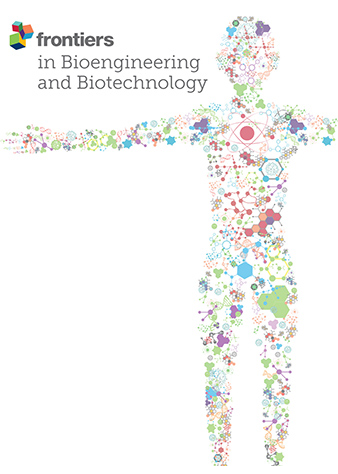摘要
背景:在人工复位桡骨远端骨折的过程中,许多医生依靠触觉来评估骨折的移位情况。然而,要更准确地判断骨折的严重程度和复位成功与否,需要测量软件对骨折图像进行标注,而这在实际复位过程中很难实时实现。当经验丰富的医生依靠直觉判断时,可能会导致误诊。因此,有必要开发一种基于人工智能的骨折参数计算方法,以提供实时显示,尤其是在骨折复位机中:方法:开发了一种基于人工智能的方法,用于自动计算桡骨远端骨折(DRF)的影像学参数。首先,从三家医院收集了桡骨远端骨折患者的前后位(AP)和侧位(LAT)X射线图像,并进行了预处理。随后,比较了几种神经网络结构(UNet、DeeplabV3+、PSPNet 和 TransUNet)的实用性和准确性,最后将 UNet 图像分割算法获得的模型用于桡骨和尺骨的语义分割。随后,使用 OpenCV 提取桡骨和尺骨的轮廓,检测关键点并计算主轴。最后,计算出桡骨角度(RA)、桡骨长度(RL)、尺骨方差(UV)和掌侧倾斜(PT)等参数,并显示在图像上:结果:综合考虑了几种模型的优缺点,本研究最终采用 UNet 神经网络模型作为图像分割模型的核心算法。在 AP 和 LAT X 光图像中,桡骨和尺骨的分割准确率分别达到 91.31% 和 88.63%。参数 RA、RL、UV 和 PT 的自动计算结果与医生手动标注结果之间的平均误差分别为-1.36°、-1.7 毫米、0.66 毫米和-1.06°。该系统最初部署在操作桡骨骨折复位机器人的同一台计算机上:本研究开发的自动参数计算方法可准确计算评估桡骨远端骨折的诊断参数,并可用于骨折复位机器人的图像引导复位过程。该方法有望发展成为医生的智能诊断工具,从而提高桡骨远端骨折诊断的准确性。Background: In the course of manual reduction of distal radius fractures, many doctors rely on tactile perception to assess the displacement of the fracture. However, a more accurate determination of the severity of the fracture and the success of the reduction requires measurement software to annotate the fracture images, which is difficult to achieve real-timely in actual procedure of reduction. Which may lead to misdiagnosis when experienced doctors rely on their intuition. Therefore, it is necessary to develop an AI-based method for calculating fracture parameters to provide real-time display, particularly in fracture reduction machines.
Methods: An AI-based method for automatically calculating of radiographic parameters in distal radius fractures (DRF) was developed. Initially, anteroposterior (AP) and lateral (LAT) X-ray images of patients with distal radius fractures were collected from three hospitals and preprocessed. Subsequently, several neural network structures, UNet, DeeplabV3+, PSPNet, and TransUNet, are compared in terms of utility and accuracy, and finally, the models obtained from the UNet image segmentation algorithm are used for semantic segmentation of the radius and ulna. Following this, the contours of the radius and ulna were extracted using OpenCV, key points were detected, and the principal axes were calculated. Finally, the computed parameters including radial angle (RA), radial length (RL), ulnar variance (UV), and palmar tilt (PT) were calculated and displayed on the image.
Results: The advantages and disadvantages of several models were considered, and finally the UNet neural network model was used as the core algorithm of the image segmentation model in this study. The segmentation accuracy for the radius and ulna in the AP and LAT X-ray images reached 91.31% and 88.63%, respectively. The average errors between the automated calculations of parameters RA, RL, UV, and PT and the manually annotated results by physicians were -1.36°, -1.7 mm, 0.66 mm, and -1.06°, respectively. The system has been initially deployed on the same computer that operates the radial fracture fracture repositioning robot.
Conclusion: The automated parameter calculation method developed in this study accurately computes diagnostic parameters for assessing distal radius fractures and can be utilized in the image-guided reduction process of fracture rehabilitation robots. This method has the potential to evolve into an intelligent diagnostic tool for physicians, thereby enhancing the accuracy of distal radius fracture diagnosis.

 求助内容:
求助内容: 应助结果提醒方式:
应助结果提醒方式:


